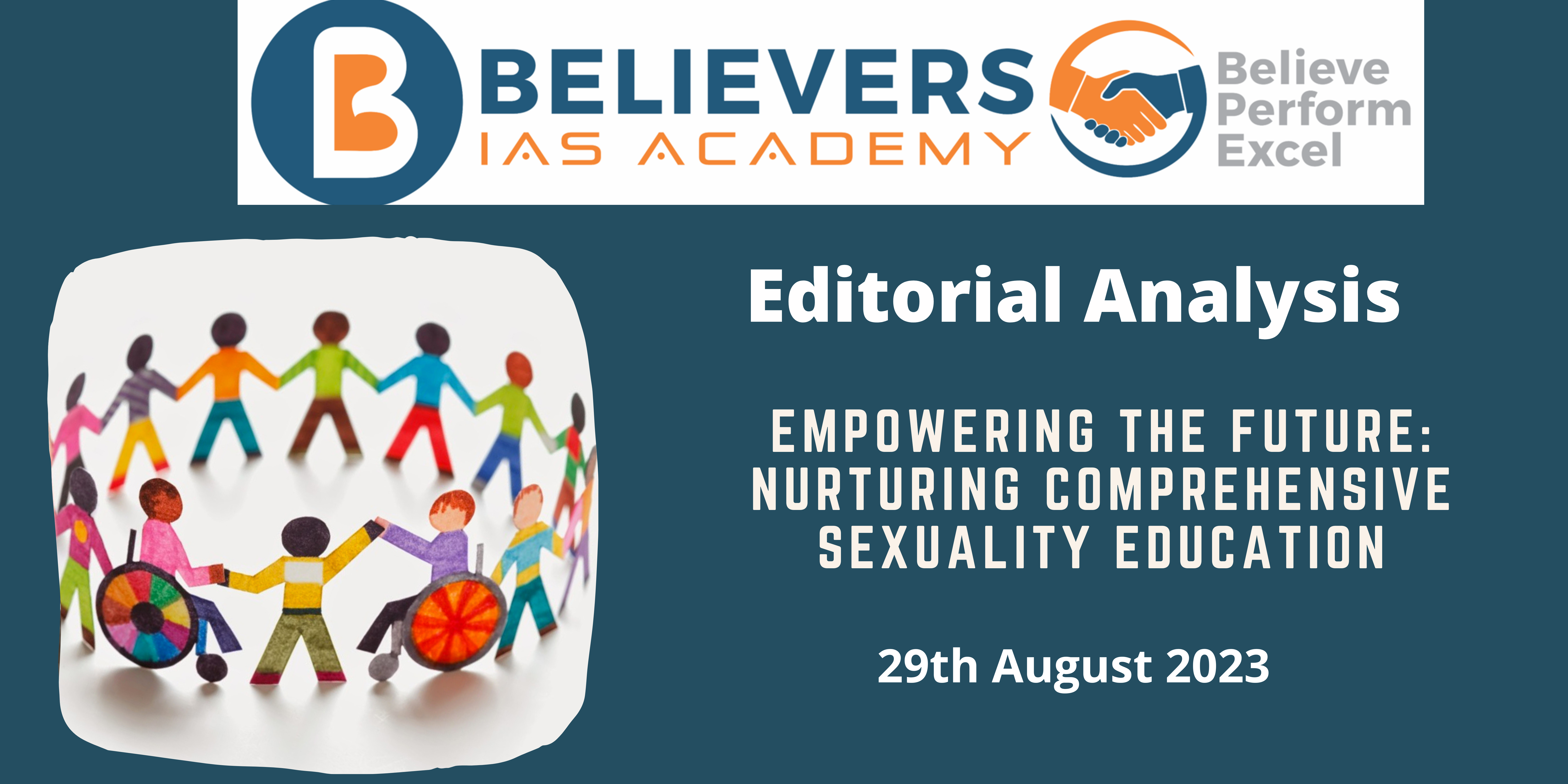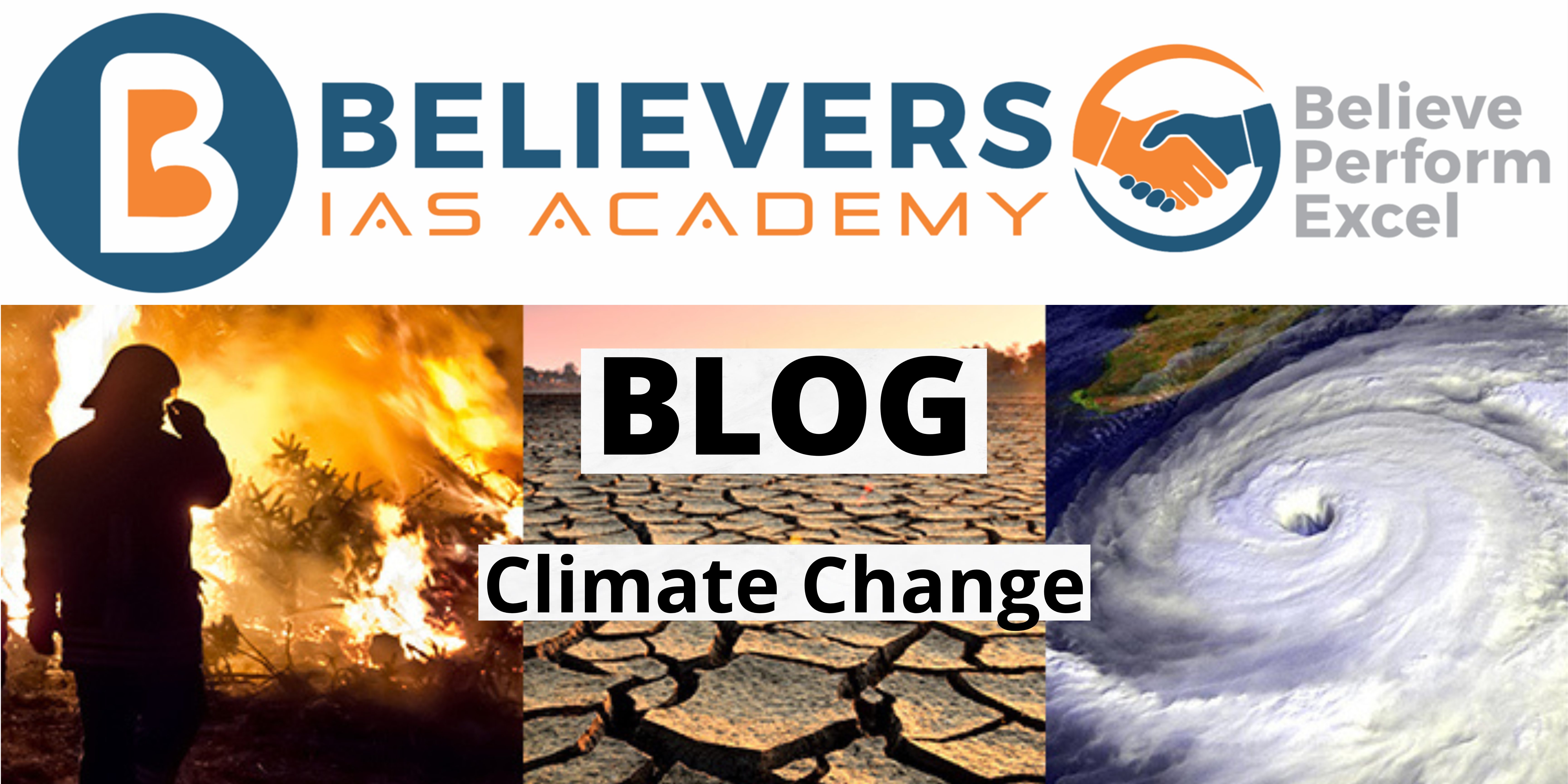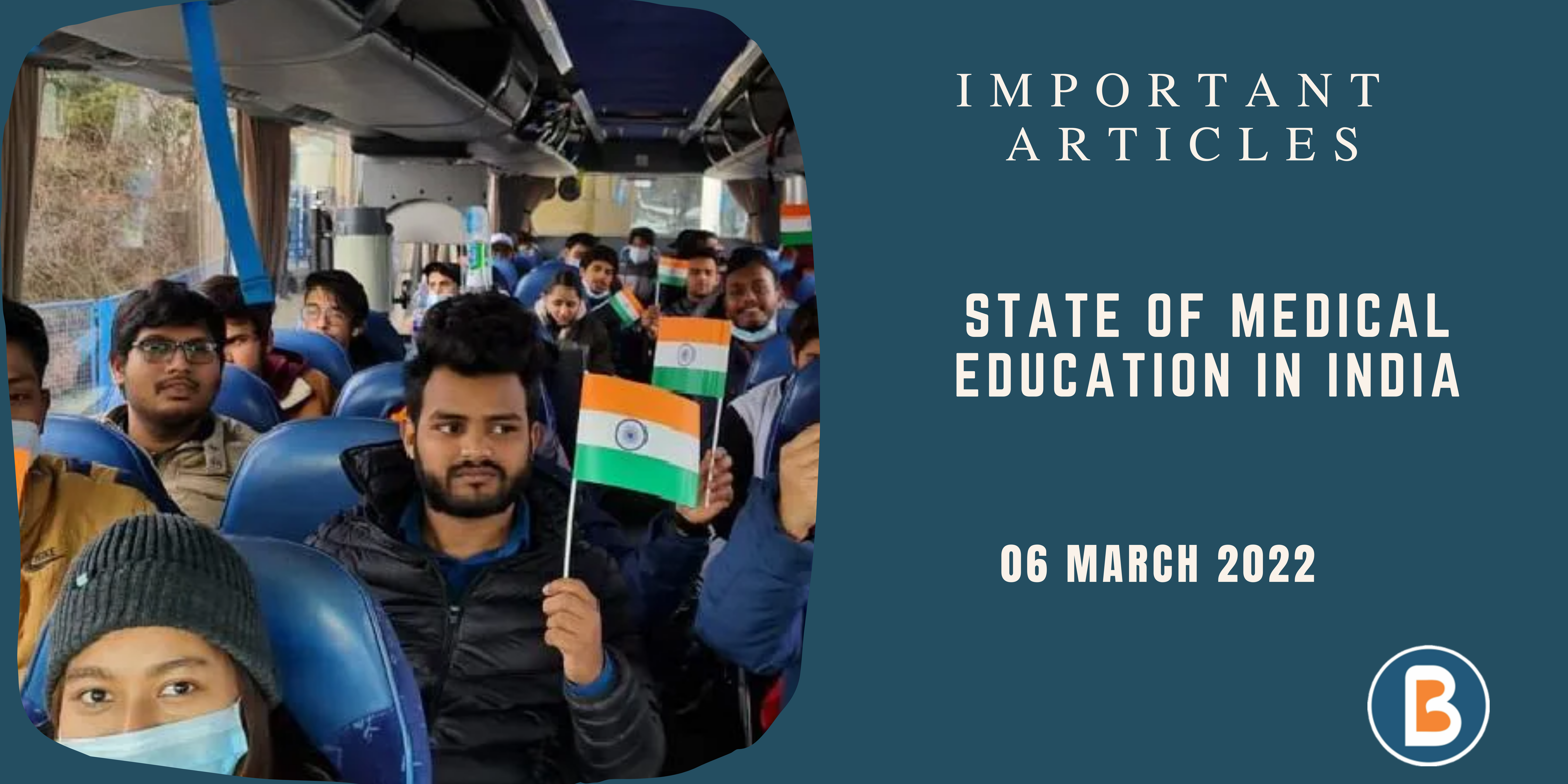Empowering the Future: Nurturing Comprehensive Sexuality Education
Context:
In the recent past, a disconcerting incident surfaced where a father and his minor son were apprehended for the egregious sexual abuse of a five-year-old relative, spanning a six-month ordeal. Such incidents cast a glaring light on the dire need to curtail child abuse. According to the National Crime Records Bureau (NCRB), a staggering 51,863 cases were reported under The Protection of Children from Sexual Offences Act in 2021. Among these, a substantial 64%—equating to 33,348 cases—pertained to sexual assault.
Relevance:
GS – 02 (Issues Related to Children, Government Policies & Interventions)
Prelims:
- Protection of Children from Sexual Offences Act, 2012
- Indian Penal Code
- National Crime Records Bureau (NCRB)
Mains Question:
- Analyze the significance of comprehensive sexuality education in preventing child abuse and nurturing informed, healthy relationships among youth, while underscoring the hurdles and imperatives in its effective implementation. 250 words.
Dimensions of the Article:
- Comprehensive Sexuality Education
- Consensual Dynamics and Awareness
- Nurturing a Vocabulary of Consent
- Necessity of Holistic Learning
- Implications on Intimate Partner Dynamics
- Empowering Educators
Comprehensive Sexuality Education:
- The quest to stymie the tragic instances of child abuse beckons the spotlight toward comprehensive sexuality education.
- However, a faction of state governments and sections of society in India has chosen a regrettably blinkered path, rejecting this holistic approach. Accusing it of prematurely sexualizing children, these entities have either diluted existing programs or cast them aside under the pretext of safeguarding “Indian values.”
- This perpetuation of traditional values often shaped by patriarchal and hierarchical constructs is further exacerbated by mass media, thereby impinging adversely upon the youth of all genders.
Consensual Dynamics and Awareness:
- The judicial corridors of the Madras, Delhi, and Meghalaya High Courts, alongside the Chief Justice of India, have sought to spotlight the frequent criminalization of consensual adolescent relationships.
- Urging the government to contemplate a reduction in the age of consent, these courts have not only elucidated the concept of violation and abuse but also accentuated the essence of understanding sexual consent.
- Beyond its relevance in addressing transgressions, comprehending sexual consent forms the cornerstone of fostering wholesome relationships. However, it is unsettling to discern that the understanding of sexual consent remains nebulous among Indian teenagers and even young adults.
- Evidently, a study by the dating app Tinder unfurled an alarming revelation: more than 64% of young Mumbaikars exhibited hesitancy in granting, requesting, and withdrawing consent while dating. This lacuna is disconcerting.
Nurturing a Vocabulary of Consent:
- In the continuum of comprehending consent, the term itself might have been transplanted from English or other Western lexicons. While The Kama Sutra’s translation by Sir Richard Burton does harbor a brief discourse on consensual sexual pleasure, the contextual discourse has historically been scant.
- As the non-English-speaking populace burgeons, a pressing exigency for cultivating regionally rooted vocabulary that expounds the nuances of sexual consent becomes imminent.
Necessity of Holistic Learning:
- The robust edifice of comprehensive sexuality education extends beyond students, warranting the active engagement of parents and caregivers. The telling statistics from NCRB emphasize that both male and female children are equally susceptible to sexual abuse.
- In consonance with the United Nations Population Fund (UNFPA), access to comprehensive sexuality education anchors itself in fundamental human rights. It emerges as an empowering mechanism for the youth to shield their health, well-being, and dignity.
- The global UN guidance underscores the proposition of initiating comprehensive sexuality education from the tender age of five, dovetailing with formal education. This signifies that young minds will be inculcated with insights about their bodies, emotions, rudimentary consent principles, and adept strategies to navigate violence, bullying, or abuse.
- Insights from the Journal of Adolescent Health, as presented by the World Health Organization, affirm that the implementation of comprehensive sexuality education furnishes young individuals with better-informed perspectives on their rights and sexuality, fostering a propensity for responsible sexual behavior. Notably, programs centered exclusively around abstinence have proven ineffective.
Implications on Intimate Partner Dynamics:
- The multi-faceted impact of comprehensive sexuality education reverberates in the area of intimate partner violence. The UNFPA Operational Guidance for Comprehensive Sexuality Education underscores the imperative of integrating robust monitoring and evaluation components within CSE programs.
- This dimension encompasses a discerning regard for gender norms, power dynamics within intimate relationships, and intimate partner violence. A noteworthy stride unfolded when the State Council of Educational Research and Training conveyed its intention to incorporate awareness about POCSO (The Protection of Children from Sexual Offences) within the curriculum from 2024-25.
- Amidst the complex interplay between sexual health and human rights, the anticipation rests on a curriculum that embodies comprehensiveness rather than mere legal compliance.
Empowering Educators:
- The UNESCO 2021 Global Status Report on the expedition toward comprehensive sexuality education underscores the indispensability of equipping educators with the requisite capacities.
- The curriculum’s essence necessitates participatory pedagogies that transcend conventional teaching methods. The report highlights the perils of inaccurate information and the stifling of discourse around sexuality and rights. Empowering educators assumes paramount significance.
- A government-NGO collaboration from Jharkhand—a model epitomized by the Udaan program—emerges as an illustrative instance. The program, which originated as an Adolescent Reproductive and Sexual Health initiative led by the State AIDS Control Society, metamorphosed into a mainstream educational pursuit, reflecting a commitment to amplify comprehensive sexuality education.
Way Forward:
- As the torchbearers of sexuality education, State governments in India harbor the mantle of responsibility. Within the framework prescribed by the UNFPA, each State enjoys the autonomy to cultivate innovative curricula. The time is ripe to embrace this prerogative.



